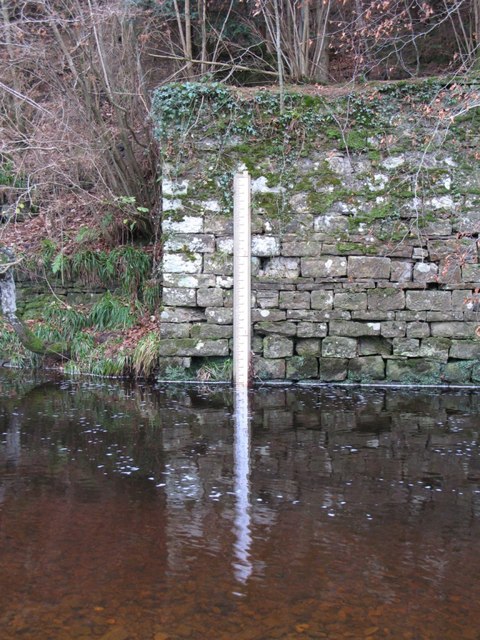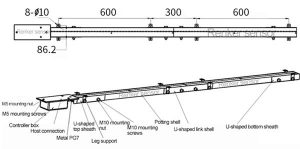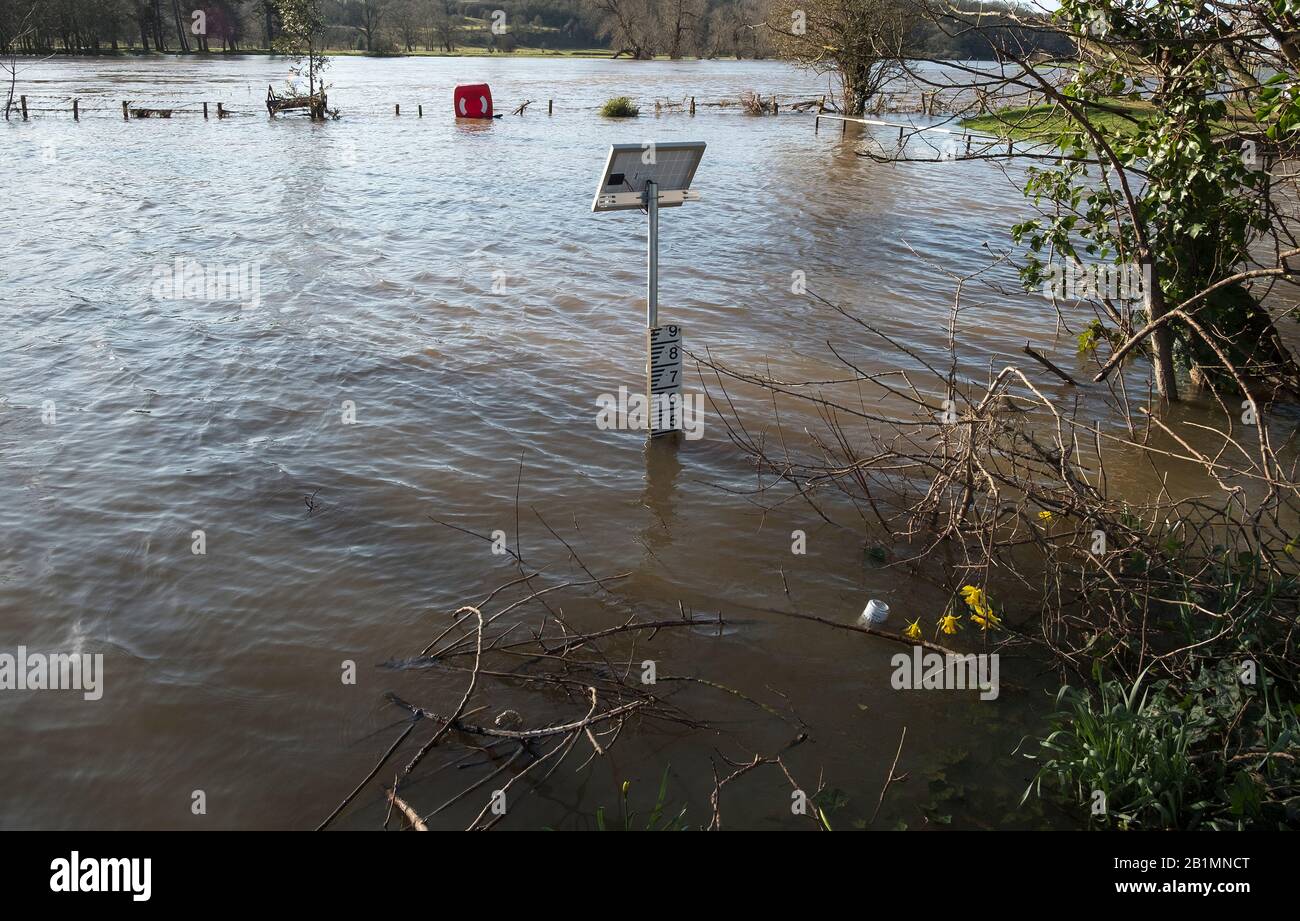
At greater depths, it becomes inaccurate. This type of gauge is also known as a capillary gauge. For a depth up to 10 m, this depth gauge is quite accurate, because in this range, the pressure doubles from 1 bar to 2 bar, and so it uses half of the scale. The edge of the bubble indicates the depth on a scale. While diving, water goes into the tube and compresses an air bubble inside proportionally to the depth. It has no moving parts, and the tube is commonly part of a circle or a flat spiral to compactly fit onto a support. The Boyle-Mariotte depth gauge consists of a transparent tube open at one end. This can be important for decompression safety at altitude. Atmospheric pressure varies with altitude and weather, and for accuracy the depth gauge should be calibrated to correct for local atmospheric pressure. Therefore, the exact depth can be determined by measuring the pressure and comparing it to the pressure at the surface.

With water depth, the ambient pressure increases 1 bar for every 10 m in fresh water at 4☌. By the early nineteenth century, "the depth gauge was a standard feature on diving bells". But it wasn't until 1775 and the development of a depth gauge by the inventor, scientific instrument, and clock maker Isaac Doolittle of New Haven, Connecticut, for David Bushnell's submarine the Turtle, that one was deployed in an underwater craft. Ī "sea-gage" for measuring ocean depth was described in Philosophia Britannica in 1747. The French physicist, mathematician and inventor Denis Papin published Recuiel de diverses Pieces touchant quelques novelles Machines in 1695, where he proposed a depth gauge for a submarine. They are usually calibrated in metres of seawater or feet of seawater.Įxperiments in 1659 by Robert Boyle of the Royal Society were made using a barometer underwater, and led to Boyle's Law. An electronic depth gauge is an essential component of a dive computerĪs the gauge only measures water pressure, there is an inherent inaccuracy in the depth displayed by gauges that are used in both fresh water and seawater due to the difference in the densities of fresh water and seawater due to salinity and temperature variations.Ī depth gauge that measures the pressure of air bubbling out of an open ended hose to the diver is called a pneumofathometer. This combination instrument is also known as a bottom timer. Some show the diver's rate of ascent and descent, which can be is useful for avoiding barotrauma.



Digital depth gauges used by divers commonly also include a timer showing the interval of time that the diver has been submerged. Earlier types used a mechanical mechanism and analogue display. Most modern diving depth gauges have an electronic mechanism and digital display. It is a piece of diving equipment used by underwater divers, submarines and submersibles. The relationship between depth and pressure is linear and accurate enough for most practical purposes, and for many purposes, such as diving, it is actually the pressure that is important.
Water depth gauge free#
They include depth gauges for underwater diving and similar applications, and engineering instruments used to measure the depth of holes and indentations from a reference surface.Ī diving depth gauge is a pressure gauge that displays the equivalent depth below the free surface in water. A digital depth gauge combined with a timer and temperature display, also referred to as a "Bottom timer"Ī depth gauge is an instrument for measuring depth below a reference surface.


 0 kommentar(er)
0 kommentar(er)
